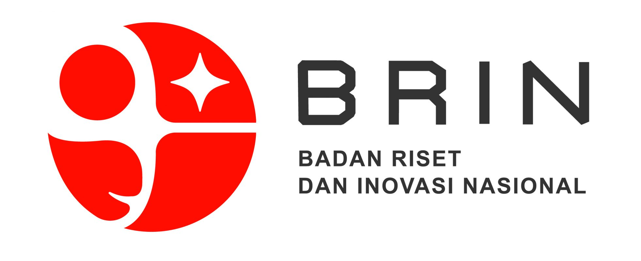The Contribution of Azolla and Urea in Lowland Rice Growth Production for Three Consecutive Seasons
EL. Sisworo, H. Rasjid, Haryanto Haryanto, Idawati Idawati
Abstract
Three field experiments have been carried out in three consecutive seasons namely wet season (120 days), dry season (120 days), wet season (120 days) at Pusakanegara. The purpose of this experiment is to test whether urea combined with Azolla could increase lowland rice production and soil quality. The experimental plots have a size of 20 m2 and in each experimental plot an isotope plot was placed with a size of 1 m2. The isotope plots were used to apply labeled 15N urea. Treatments conducted were lowland varieties: Atomita I (V1) and IR-64 (V2); several levels of urea and Azolla : Pu1 = urea-tablets + an Azolla cover (Azc), Pu2 = urea-tablets + Azolla incorporated (Azi ), Pu3 = urea-prill + Azc , Pu4 = urea-prill + Azi; seasons : Ss 1 = wet season, Ss2 = dry season, Ss3 = wet season. The experimental design used was a factorial experiment in a Randomized Block Design, where each treatment was replicated four times. Parameters used were, dry weight of straw (St), grain (G), plant (P1 = St + G) in kg/ha; N-total percentage (% N-to) of St and G, percentage N-derived from urea + Az (% N-Pu) of St and G; percentage N-derived from soil (% N-S) of St and G; uptake of N-Pu and N-S in St, G and P1. Some results of these experiment were, N-Pu play a less important role in growth of lowland crop expressed in several parameters compared to N-soil. The form of N-urea in tablets are superior to that the form of urea in prills. For the last product of lowland rice which is grain obviously V1 (Atomita-1) is better than V2 (IR-64) expressed in t/ha. The progress of seasons showed clearly that there is an N accumulation which might be the increase of soil organic matter (SOM) and that means there is an increase in soil quality in the view point of N.
Keywords
Azolla; Urea; Lowland rice
DOI:
https://doi.org/10.17146/aij.2008.87
Copyright (c) 2016 Atom Indonesia

This work is licensed under a
Creative Commons Attribution-NonCommercial-ShareAlike 4.0 International License.
















